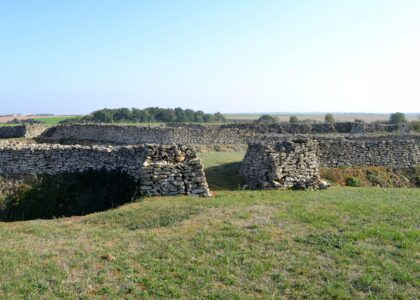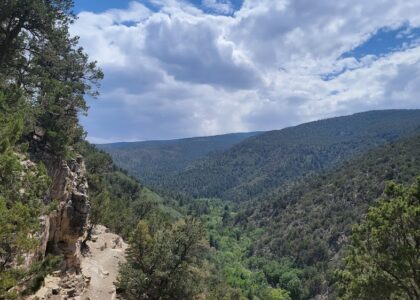Welcome to Homolovi State Park, a place where history whispers through the desert winds and ancient stories are etched into the earth. Situated in northeastern Arizona, this park is not just a scenic retreat, but a significant archaeological site that unveils the life and times of the Ancestral Puebloans, known as the Hisatsinom, who made this area their home.
Established in 1986, Homolovi State Park was created to protect and preserve the cultural heritage of these early inhabitants. The park contains several ancient pueblos, dating back to the 14th century, which were once bustling communities. The name ‘Homolovi’ itself means ‘Place of the Little Hills’ in the Hopi language, reflecting the area’s connection to the Hopi people who consider these sites part of their ancestral homeland.
As you explore the park, imagine the daily life of the Hisatsinom, who thrived here from approximately 1260 to 1400 AD. They were skilled farmers, cultivating corn, beans, and squash in the challenging desert environment. The pottery shards and stone tools found in the park tell of their vibrant culture and intricate craftsmanship.
One notable site within the park is the Homolovi II Ruins, a large pueblo that was home to up to 1,200 people at its peak. Walking through these ancient ruins, you can envision the complex social and trading networks that connected the Hisatsinom to neighboring regions and cultures.
In the broader historical context, Homolovi State Park serves as a window into the past, offering insights into the migration patterns and cultural developments of the Southwest’s indigenous peoples. These sites are essential to understanding the history and heritage of the Hopi people, who continue to honor and maintain a spiritual connection to this land.
As you listen to the stories of Homolovi, remember that these are not just remnants of a bygone era. They are living histories, vital to the cultural identity and continuity of the Hopi people today. Enjoy your journey through time at Homolovi State Park.





